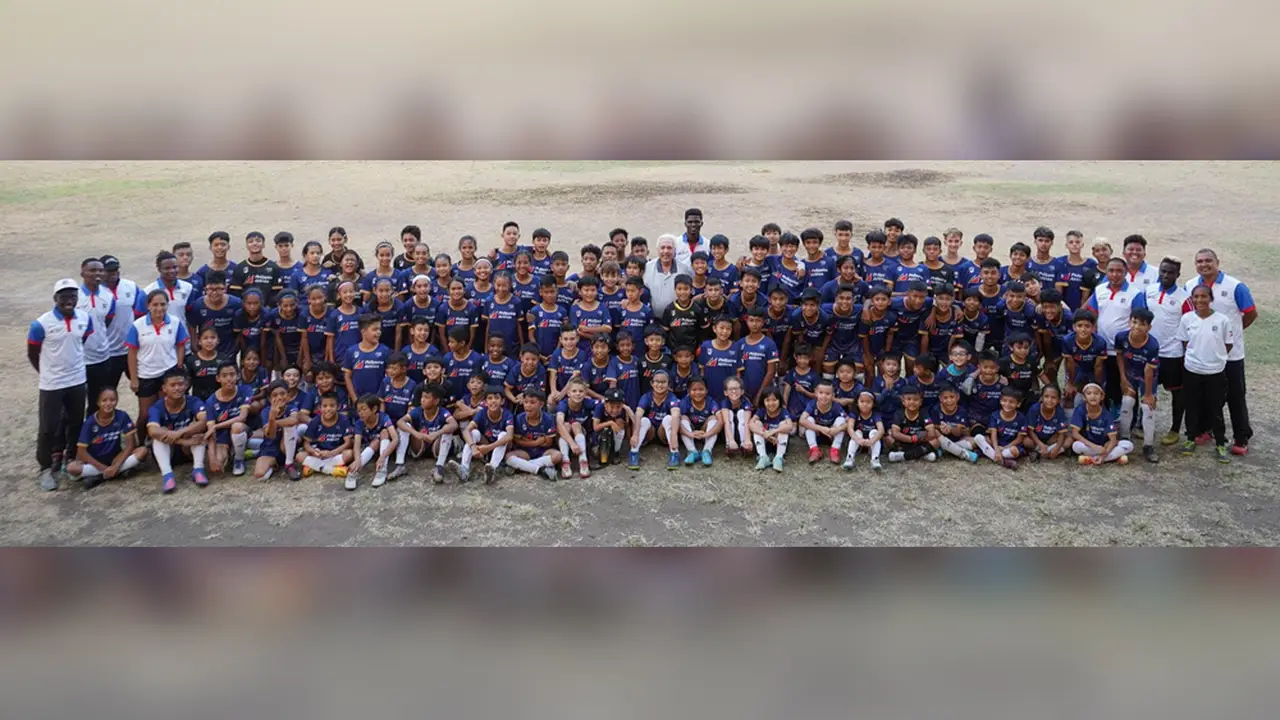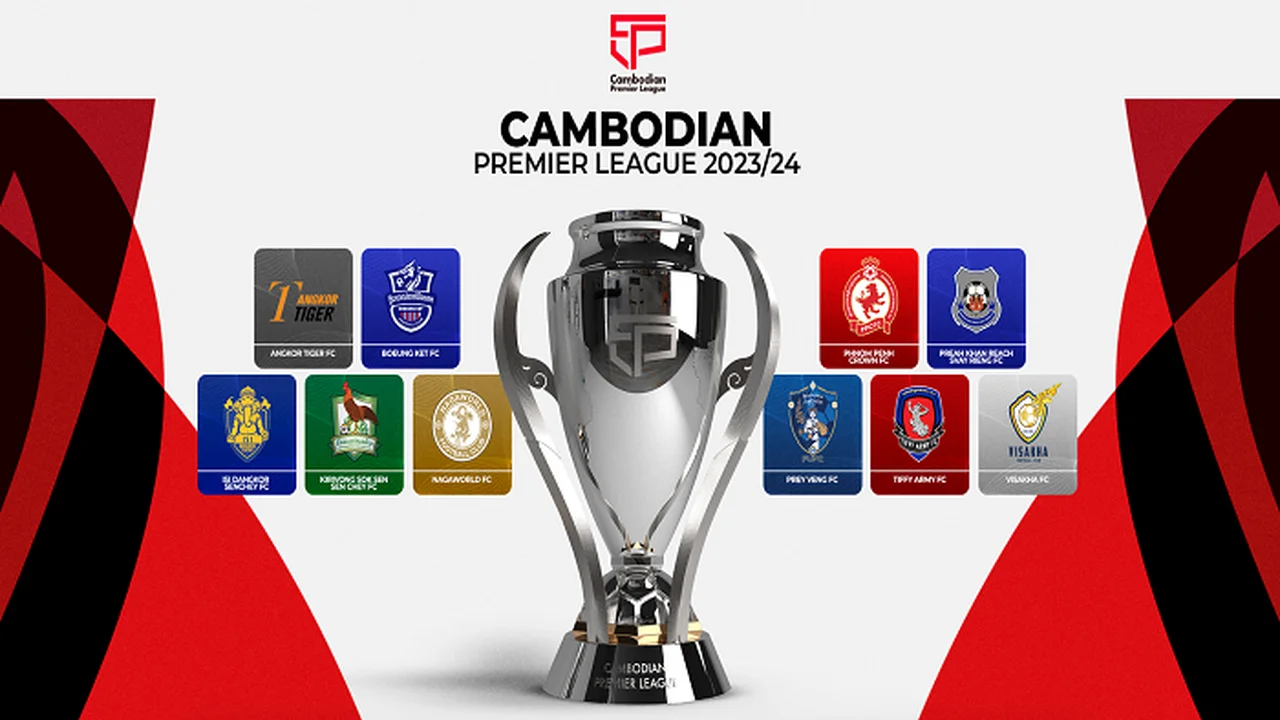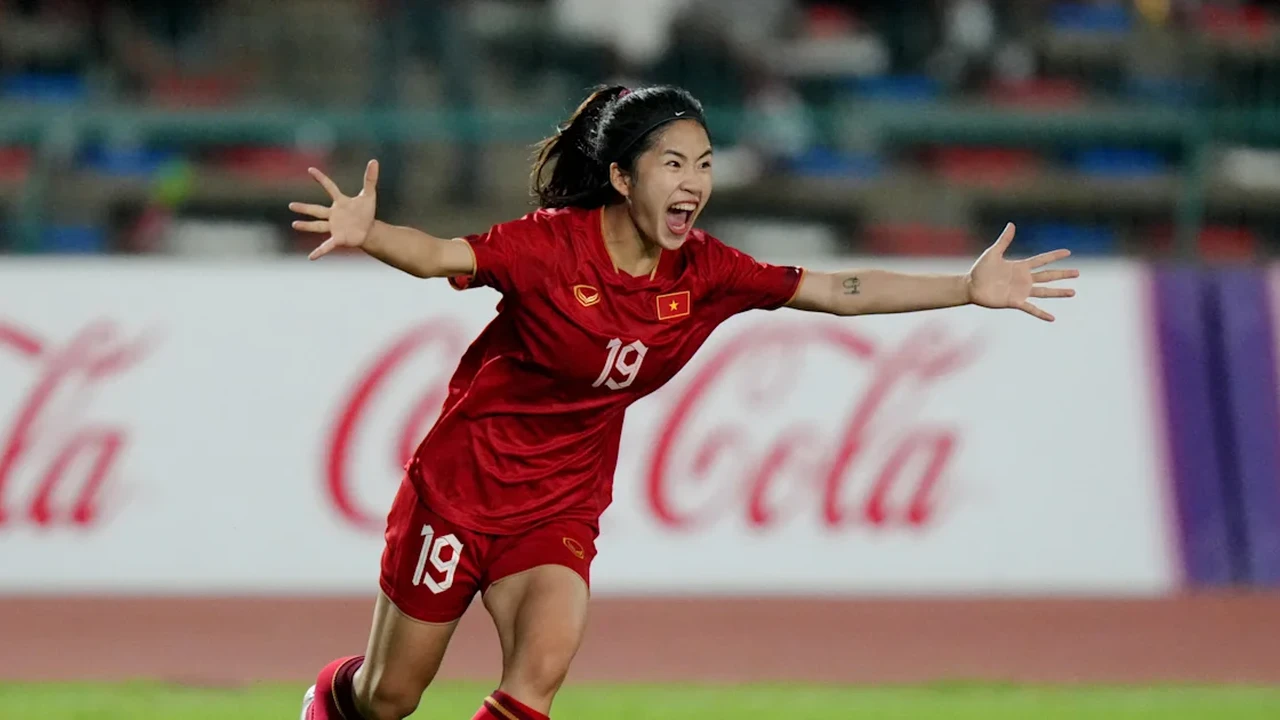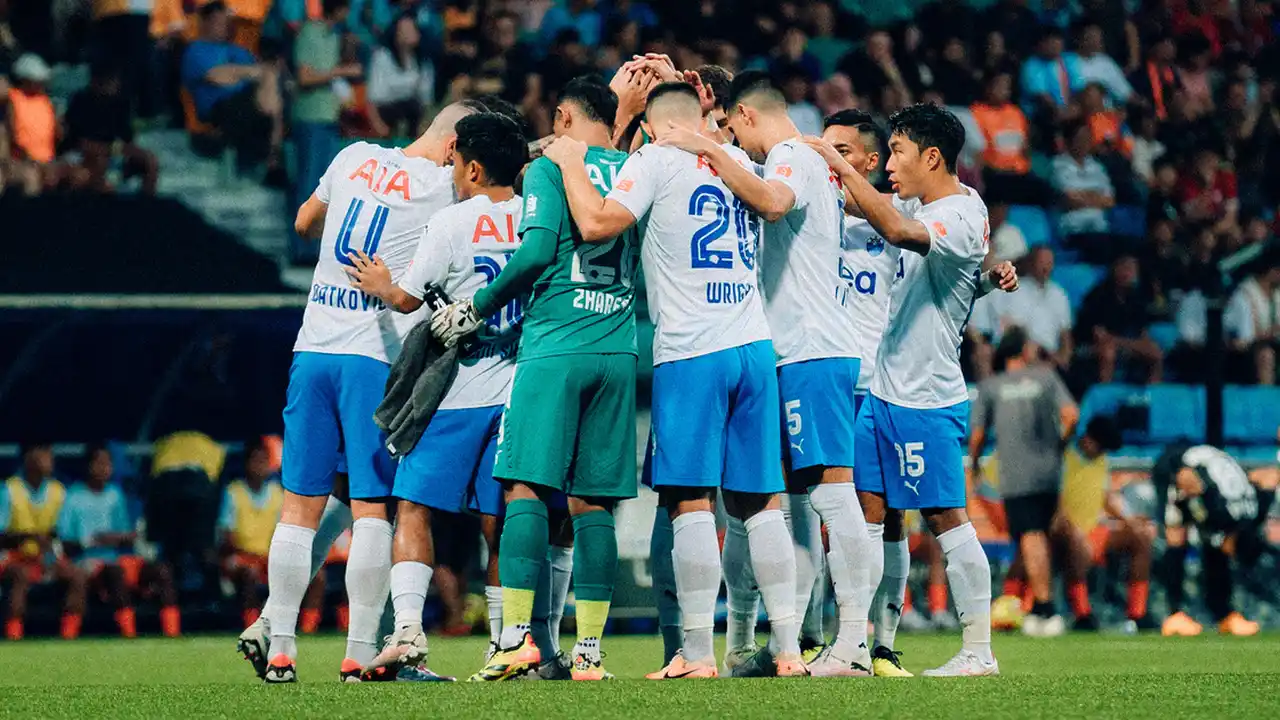7 Ways to Improve Southeast Asian Soccer Academies

Introduction to Southeast Asian Soccer Academies and Youth Development
Okay, so you're looking to beef up your Southeast Asian soccer academy, huh? Good on ya! The region's got tons of untapped potential, but let's be real, there's a lot of room for improvement. We're talking about taking these academies from good to world-class. This isn't just about winning local games; it's about developing players who can compete on the global stage. Think about it: better academies mean better national teams, more opportunities for young players, and a bigger soccer scene overall. Let's dive in!
1 Modernize Coaching Education and Training Methodologies in Southeast Asian Soccer
First things first: coaching. You can't expect players to reach their full potential with outdated training methods. We're talking about embracing modern sports science, individualized training plans, and a focus on tactical awareness, not just physical fitness. Think about implementing periodization strategies – varying the intensity and volume of training throughout the year to optimize performance and prevent injuries. Get your coaches certified in internationally recognized programs. Bring in guest coaches from top European or South American academies for workshops. Make sure your coaches are constantly learning and adapting.
Don't just tell them *what* to do; teach them *why* they're doing it. Explain the principles behind the drills. Encourage them to analyze game footage and identify areas for improvement. This isn't just about rote memorization; it's about developing intelligent players who can think for themselves on the field.
2 Invest in State-of-the-Art Training Facilities for Southeast Asian Soccer Academies
Let's talk facilities. Imagine trying to train a Formula 1 driver on a dirt track. It's the same principle. You need top-notch training facilities to develop top-notch players. We're talking about well-maintained pitches (both natural and artificial), modern gyms, sports science labs, and recovery centers. Invest in GPS tracking systems to monitor player performance and identify areas for improvement. Install video analysis software to break down game footage and provide personalized feedback.
Think about things like hydrotherapy pools for recovery, cryotherapy chambers for reducing inflammation, and altitude training facilities to improve endurance. It might seem like overkill, but these are the kinds of things that separate good academies from great ones. And don't forget about the basics: clean changing rooms, comfortable dormitories, and nutritious meals.
3 Implement a Comprehensive Player Development Curriculum with a Focus on Youth Soccer in Southeast Asia
A haphazard approach won't cut it. You need a structured curriculum that covers all aspects of player development, from technical skills to tactical understanding to physical conditioning to mental toughness. This curriculum should be age-appropriate and progressive, building on fundamental skills as players develop. Focus on developing a playing style that suits the strengths of Southeast Asian players – think quick passing, skillful dribbling, and tactical flexibility.
Don't just copy European or South American models blindly. Adapt them to the local context. Consider incorporating elements of traditional Southeast Asian games and martial arts into the training program to improve agility, balance, and coordination. Develop a scouting network to identify talented young players from all corners of the region, regardless of their socioeconomic background. Offer scholarships and financial assistance to ensure that talented players aren't held back by financial constraints.
4 Prioritize Sports Science and Medical Support for Young Soccer Players in Southeast Asia
Injuries are a killer. You need a team of qualified sports scientists, physiotherapists, and doctors to monitor player health and prevent injuries. This means regular medical check-ups, injury prevention programs, and access to the latest rehabilitation techniques. Invest in equipment like force plates to assess biomechanics and identify potential injury risks. Use wearable technology to monitor player fatigue and adjust training loads accordingly.
Educate players about proper nutrition, hydration, and sleep habits. Provide them with access to sports psychologists to help them develop mental toughness and cope with pressure. This isn't just about treating injuries; it's about optimizing player performance and ensuring their long-term health and well-being.
5 Foster Partnerships with International Soccer Clubs and Academies for Southeast Asian Development
Don't try to reinvent the wheel. Partner with established international clubs and academies to learn from their expertise and gain access to their resources. This could involve exchange programs for coaches and players, joint training camps, or even the establishment of satellite academies. Think about sending your best young players to train at top European academies for a few months to expose them to a higher level of competition.
Invite coaches from international clubs to conduct workshops and seminars at your academy. This can help to raise the standards of coaching in the region and expose local coaches to new ideas and techniques. These partnerships can also provide opportunities for your players to be scouted by international clubs, opening doors to professional careers abroad.
6 Recommend Products and Equipment for Soccer Academies in Southeast Asia
Alright, let's get practical. You're gonna need some gear. Here’s a breakdown of some essential equipment, including recommendations, usage scenarios, comparisons, and price points (prices are approximate and can vary):
6.1 Soccer Balls: The Foundation of Training (Keyword: Soccer Ball, Training Equipment)
You can't train without 'em! You'll need a variety of sizes and types for different age groups and drills.
- Product Recommendation: Adidas Team Glider (Size 4 & 5)
- Usage Scenario: General training, passing drills, shooting practice. Durable enough for daily use on various surfaces.
- Comparison: Compared to cheaper balls, the Team Glider offers better shape retention and consistent flight. Compared to more expensive match balls, it's more durable and better suited for high-volume training.
- Price: $20 - $30 per ball
- Product Recommendation: Nike Academy Soccer Ball (Size 3, 4 & 5)
- Usage Scenario: Entry level ball, ideal for younger players and fundamental skill development.
- Comparison: This is a good ball for beginners, but not ideal for advanced training due to lower durability and performance compared to higher-end balls.
- Price: $15 - $25 per ball
6.2 Training Cones and Markers: Essential for Agility and Drill Work (Keyword: Agility Training, Drill Markers)
Cones and markers are crucial for setting up drills, defining boundaries, and improving agility. Different colors and sizes can be used for different purposes.
- Product Recommendation: Champion Sports Training Cones (Set of 50)
- Usage Scenario: Agility drills, speed drills, marking boundaries, creating obstacle courses.
- Comparison: These cones are durable and visible. Compared to cheaper cones, they are less likely to crack or break under pressure.
- Price: $30 - $40 per set
- Product Recommendation: Disc Cones (Set of 50)
- Usage Scenario: Agility drills, marking boundaries, footwork training.
- Comparison: These are lower to the ground and less likely to be tripped over compared to standard cones.
- Price: $25 - $35 per set
6.3 Agility Ladders: Enhance Footwork and Coordination (Keyword: Footwork Training, Agility Ladder)
Agility ladders are fantastic for improving foot speed, coordination, and agility. They come in various lengths and configurations.
- Product Recommendation: Ohuhu Agility Ladder (20 ft)
- Usage Scenario: Footwork drills, speed drills, coordination exercises.
- Comparison: This ladder is durable and adjustable. Compared to cheaper ladders, it's less likely to break or tangle.
- Price: $20 - $30
6.4 Rebounders: Improve Passing and First Touch (Keyword: Soccer Rebounder, Passing Practice)
Rebounders are great for practicing passing, receiving, and ball control without needing a partner.
- Product Recommendation: SKLZ Quickster Soccer Trainer
- Usage Scenario: Passing practice, receiving practice, volley practice, improving first touch.
- Comparison: This rebounder is portable and adjustable. Compared to larger, more expensive rebounders, it's more convenient for smaller training spaces.
- Price: $80 - $120
6.5 Goalposts: Varying Sizes for Different Training Scenarios (Keyword: Soccer Goal, Training Goal)
You'll need a variety of goalposts for different training scenarios, from small-sided games to full-field practice.
- Product Recommendation: FBSPORT Portable Soccer Goal (Set of 2)
- Usage Scenario: Small-sided games, shooting practice, target practice.
- Comparison: These goals are portable and easy to set up. Compared to larger, permanent goals, they are more convenient for smaller training spaces and temporary setups.
- Price: $40 - $60 per set
- Product Recommendation: A standard regulation size soccer goal (7.32m x 2.44m)
- Usage Scenario: Full-field practice, match simulations.
- Comparison: Essential for game-like simulations.
- Price: $500 - $2000 (depending on material and construction)
6.6 GPS Tracking Systems: Monitor Performance and Prevent Injuries (Keyword: GPS Tracker, Player Monitoring)
These systems track players' movements, speed, and distance covered during training and games. This data can be used to optimize training loads and prevent injuries.
- Product Recommendation: Catapult Sports GPS Tracker
- Usage Scenario: Monitoring player performance, tracking distance covered, analyzing speed and acceleration, identifying potential injury risks.
- Comparison: This is a high-end system used by professional teams. It provides detailed data and advanced analytics.
- Price: Subscription-based, typically $5,000 - $10,000 per year
- Product Recommendation: STATSports Apex GPS Tracker
- Usage Scenario: Similar to Catapult, provides detailed data for performance analysis and injury prevention.
- Comparison: A popular alternative to Catapult, offering similar features and data analysis capabilities.
- Price: Subscription-based, pricing varies depending on the package.
6.7 Video Analysis Software: Break Down Game Footage (Keyword: Video Analysis, Soccer Software)
Video analysis software allows coaches to break down game footage and provide personalized feedback to players.
- Product Recommendation: Hudl
- Usage Scenario: Analyzing game footage, creating highlight reels, providing personalized feedback to players.
- Comparison: Hudl is a popular platform used by teams at all levels. It offers a wide range of features, including video editing, tagging, and analysis tools.
- Price: Subscription-based, pricing varies depending on the package.
- Product Recommendation: Dartfish
- Usage Scenario: Similar to Hudl, allows for detailed video analysis and feedback.
- Comparison: Dartfish is known for its advanced analysis tools and ability to overlay graphics and animations on video footage.
- Price: Subscription-based, pricing varies depending on the package.
Remember to research and compare different products before making a purchase. Consider factors like durability, performance, and price. Also, make sure to choose equipment that is appropriate for the age and skill level of your players.
7 Emphasize Character Development and Life Skills in Southeast Asian Soccer Academies
It's not just about soccer. You're developing young people, not just athletes. Teach them about teamwork, discipline, respect, and leadership. Encourage them to pursue their education and develop other interests outside of soccer. Organize community service projects and volunteer opportunities to help them develop a sense of social responsibility. Invite guest speakers to talk about topics like financial literacy, career planning, and healthy relationships.
Help them understand that a career in professional soccer is not guaranteed, and that they need to have a backup plan. Equip them with the skills and knowledge they need to succeed in life, regardless of whether or not they make it as professional soccer players. This will not only make them better people, but it will also make them better teammates and more valuable assets to your academy and community.
:max_bytes(150000):strip_icc()/277019-baked-pork-chops-with-cream-of-mushroom-soup-DDMFS-beauty-4x3-BG-7505-5762b731cf30447d9cbbbbbf387beafa.jpg)





